America’s very first Bachelor of Science in Maritime Technology program, offered by Northwestern Michigan College, is to get a special Falcon ROV.
In what the college says is a pioneering new capability, the Falcon will be fitted with an advanced sonar system that will help students study ROVs as a multicomponent resource used across a range of subsea activities.
The aim of the BSc program is for students to become proficient in applied technology for the marine industry onshore and offshore.
Their studies cover the calibration, deployment, operation, maintenance and management of marine technology assets, including data collection, processing and mapping.
Students will employ the Falcon to evaluate systems integration and the effect on underwater performance when different equipment is added, also benefitting first-hand from experience in piloting the ROV under International Marine Contractors Association guidelines.
In choosing the Falcon, Hans VanSumeren, Director of the Great Lakes Water Studies Institute at the college, said that the Falcon’s intelligent architecture and its five powerful thrusters offer the flexibility, versatility and power to allow students to fit and study an array of sophisticated equipment.
The distributed intelligent control architecture makes it straightforward to add and change a variety of systems, including manipulators, cutters, cameras and survey and sonar systems.
It has enabled the college to develop its pioneering concept that for the first time incorporates a Kongsberg M3 multi-beam sonar and a Greensea station-keeping system onto an ROV the size of a Falcon.
The college believes this capability will significantly enhance the experience of the students in exploring and extending technological capabilities of ROV operations and management.
Having such an advanced sonar system will enable students to experience a range of imaging and profiling data collection options that include bathymetric measurement, seafloor imaging, obstacle avoidance, structural inspection and vessel hull inspection.
“It will be a truly unique vehicle,” Hans VanSumeren said.
He originally chose the Falcon, he said, because, in his past experience, “It is highly reliable and never breaks down.” He also likes that its small size makes it easy to manhandle into the water, yet it has the thruster power to work both in strong currents and be highly maneuverable - even when fitted with an array of tools and imaging systems.
Students will have the opportunity to operate the Falcon in the Great Lakes from a research vessel or dockside, and in a newly built test tank facility with a 260,000 liter capacity.
The tank has considerably extended the operating and development opportunities for students, VanSumeren said. “We encourage students to build their own systems and ready access to the tank allows them to be more creative.”
He concluded by adding another reason for choosing the Falcon: “The Falcon is the most widely used ROV in the industry and therefore the one students are most likely to come across in their working life.”





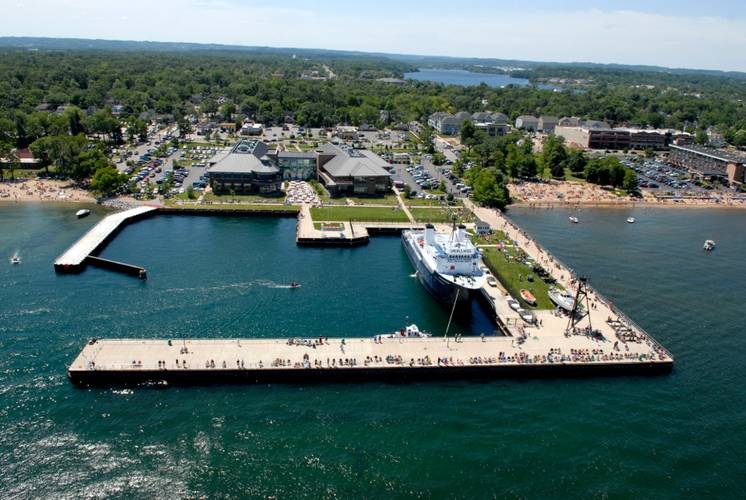

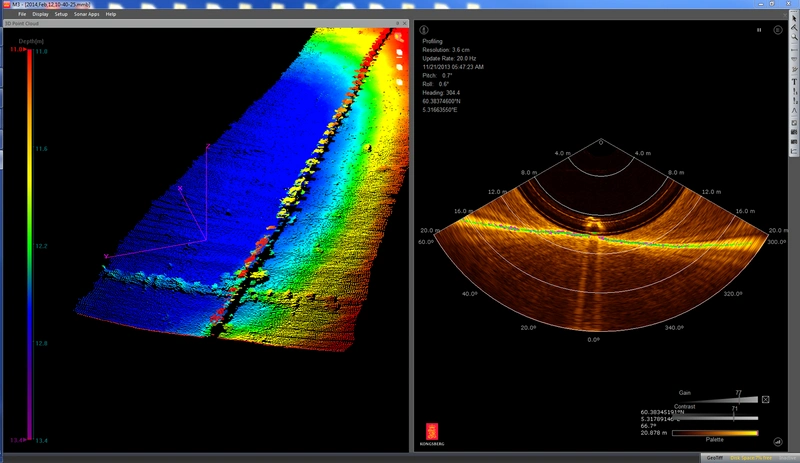
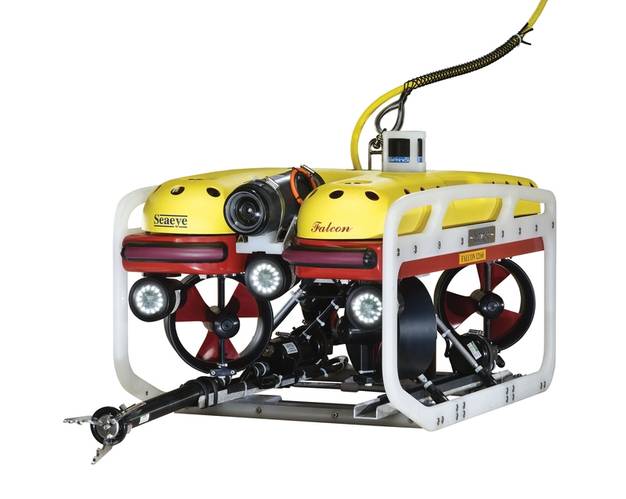




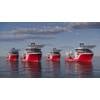
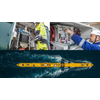






 December 2025
December 2025



